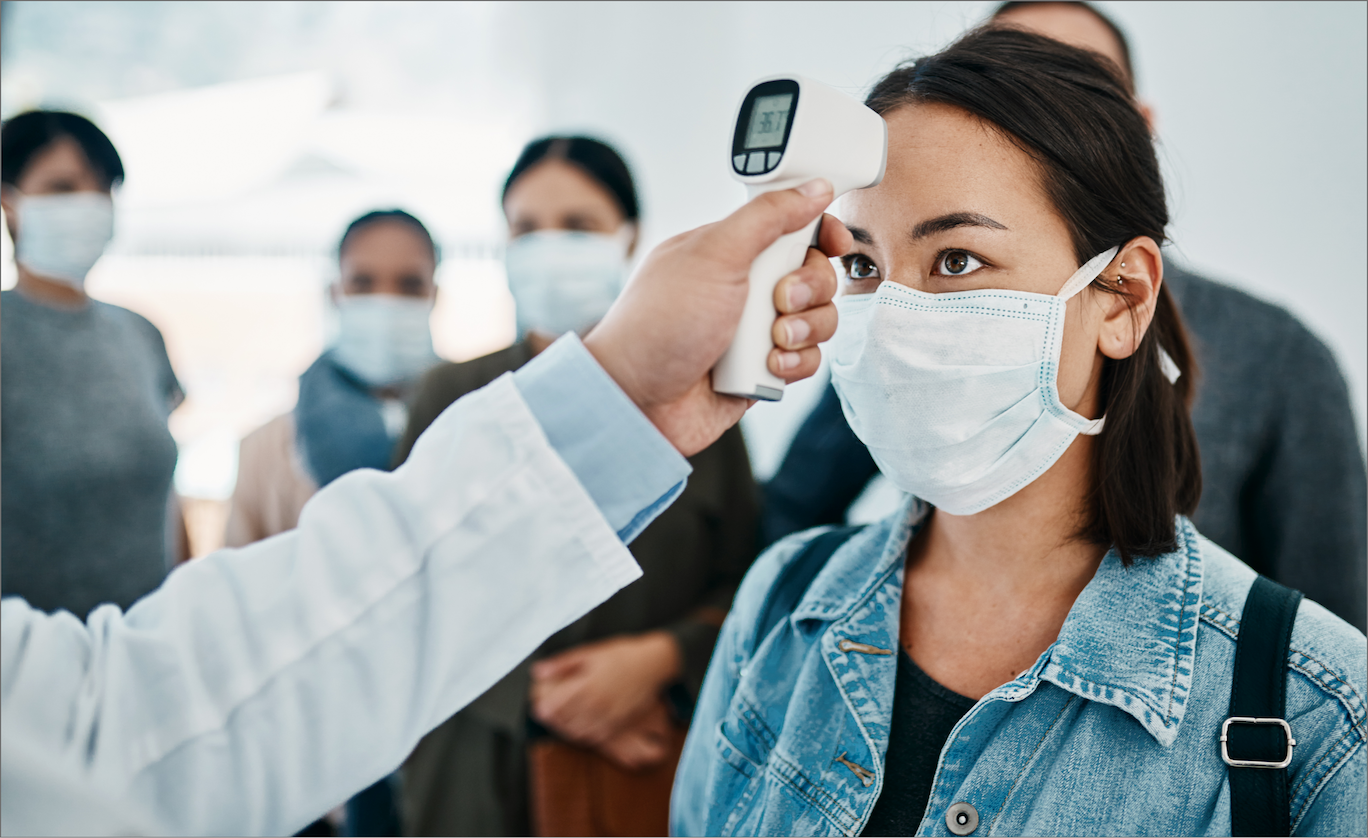By Rick Wilson | August 6, 2020

See why top ecommerce brands use Miva’s no-code platform to run
multiple stores, manage massive catalogs, and grow their revenue.
Ecommerce businesses are not totally insulated from physical risks—increased workplace testing is a key to mitigation despite its challenges.
Americans are currently being tested for Covid-19 at an average rate of 700 – 800k tests per day. This number represents a tiny fraction of the 160 million+ U.S. workforce. Employers across every industry are now faced with an intractable dilemma: how to incorporate testing into a safe workplace, and on what scale.
The elevator pitch for ecommerce directly highlights a reduced reliance on physical services and systems–smaller teams, decentralized operations, digital automation, and a contactless customer experience. Transitioning to nearly 100% work-from-home should be easier in “very online” businesses, and so far it has been.
But except in the case of 1-person affiliate marketing which piggybacks sales off of other merchants, even the most minimal ecommerce shop relies on at least some physical infrastructure, whether or not it’s managed by third parties. We are still an economy of physical products. Those products must be manufactured, stored, shipped, repaired, and returned. This means human workers who must, as the CDC now recommends, be protected from COVID by screening and support, both of which hinge upon frequent and effective individual testing.
This immediately opens an overwhelming set of questions for business owners.
The role of routine COVID-19 testing for the safety of physical workplaces is clear:
In the basic parlance of any successful business, we must identify the problem in order to solve it. Otherwise, businesses with physical operations are rolling the dice and flying blind.
For a business with less than 10 employees, it might sound feasible to ask workers to pop by the local CVS drive-thru for no-cost bi-monthly COVID tests. But even at this small scale, self-serve testing is far from adequate. Backlogs at labs across the country are creating results lags of at least 6-10 days and up to a month. Discovering a positive result from weeks ago is pointless as far as guaranteeing workplace safety today. Now multiply this times 100 workers.
Many ecommerce-driven testing services have arisen to offer a partial solution here, guaranteeing faster turnarounds and bulk processing for companies. At as much as $200/test, this begs the question, who will cover these costs? Are employers to rely upon each worker’s individual insurance or should the business absorb it? Neither is tenable long-term.
A less-effective, though easier-to-manage simple temperature check upon arrival might be one way to mitigate the expense, as well as the complicated “chain of custody” issues around nasal or cheek swabs. (Who performs each individual test? Who is responsible for handling testing materials? What safeguards would need to be in place for testers?) A temp check has some value at catching infections which currently are expressing symptoms, but none for asymptomatic cases. So it is not a true solution.
Still, no matter what the cost or logistical mountain, isn’t this a better trade-off vs. the potentially profound human and financial costs of not testing at all? There is no easy answer in an economy that is already down 9.5% this quarter (32.9% annually).
Across every poll, Americans are worried about getting infected by COVID. This of course affects workers’ confidence about entering the workplace at all–a justified fear which trickles down to the consumers who will eventually shop from that workplace, even online.
So, in addition to the public health aspect, we can expect that daily work testing would add to employee peace of mind that they are not putting themselves or their families at risk by showing up for the job. Furthermore, making routine COVID testing a “mundane” part of a workday might help de-stigmatize the virus, and encourage more precautionary behavior in general. Customers will also feel this confidence, perhaps learning about company practices via its social media, allaying fears about handling the products that come out of that company. A company that demonstrates care for its own workforce can be trusted to look out for its consumers.
On the flipside, there are some aspects of daily testing which might have unwanted outcomes. Anyone who’s gotten the COVID nasal swab can attest to how awkward and invasive it feels. Facing this unpleasant physical experience every day could be quite off-putting. Furthermore, false negatives have been well-documented, and could lead to over-confidence and laissez-faire behavior that is unwarranted and unsafe. Finally, if a worker does test positive, this could create social stigma for their eventual reintegration after the virus has cleared. So, a heavily tested company culture is not a cut-and-dry advantage.
If we look to OSHA for guidance, advice centers on basic hygiene preventative measures and what do to when an outbreak occurs. Daily testing is not yet on the radar of official guidelines, perhaps because for all the reasons enumerated above, it’s still not practical for most offices.
For ecommerce businesses that are maintaining some physical operations at this time, the lack of easy answers to the problems around testing is overwhelming. The absence of a clear national government support strategy has left individual shops on their own, trying to play catchup with evolving state requirements, but often without the funds to do so. Multi-state “compacts” could provide a path forward. Still, it can be heartbreaking to look to nations like Iceland, where early and comprehensive national testing has directly resulted in a return to normal life and business.
But especially for ecommerce businesses, which are by nature integrated with services and providers around the world, there is a larger call to take every possible step for the safety not just of workers, but of the larger communities which surround them. Prudence and prevention are critical strategies to solving this problem.
Should we test as frequently as possible, in order to slow the spread and support those who are affected? Absolutely. How we’ll get there is, unfortunately, still TBD.
Share this article:
No worries, download the PDF version now and enjoy your reading later...
Download PDF Rick Wilson
Rick Wilson
With over 20 years of executive-level experience, Rick has a unique vantage point on the business shift to ecommerce. He asserts that business society is still very early in the transition to ecommerce, with only about 6% of retail and even less of B2B transactions currently conducted in online commerce.
Visit Website